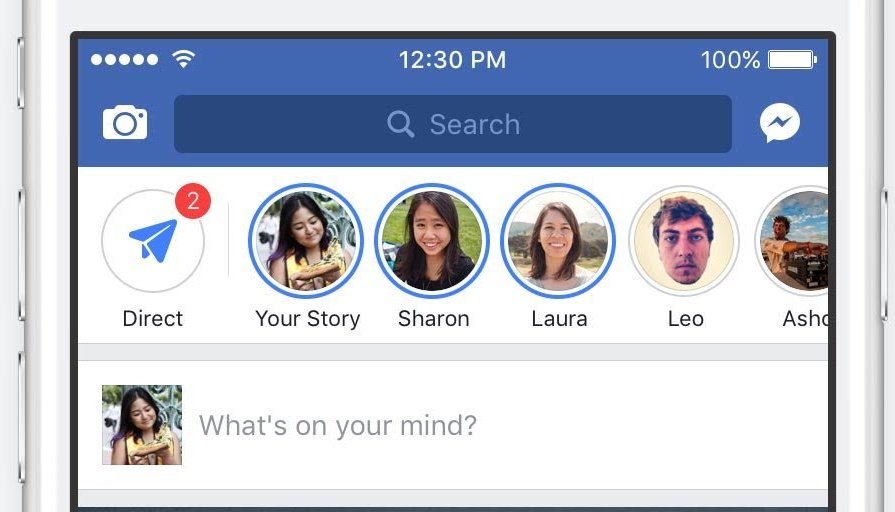In the last two years, Snapchat added the story feature, followed by Instagram, Facebook, WhatsApp, Line, YouTube, Airbnb, Telegram, and others.
In this post, I will examine the reasons for stories’ popularity from the perspective of user experience. There are strong reasons why a billion stories are seen on Instagram every day!
1. FOMO: fear of missing out!
The sense of loss is in the stories and makes them popular. Humans want everything that is limited. Online shopping websites use this law of psychology to increase sales. For example, you have often seen an advertisement like “40% discount, only until tonight.” This issue multiplies the sales and forces you to buy something that you may not need much.
2. Full screen!
This is very important from the UX point of view. Firstly, it prevents interruptions (such as Notifications), and secondly, the fact that the images are borderless gives the viewer a feeling of realness and closeness.
Example: Mr. McWade, a graphic design professor, suggests removing the borders to make the graphic designs come alive. His example is quite evident in this poster design:

3. It’s temporary; just post it!
The temporary nature of the stories gives people the feeling that they can “sooner” publish the photo or video without obsessing too much about the quality in comparison to the times when They are more careful when publishing posts. This makes the stories even more attractive. And this makes a better user engagement.
4. It is only 15 seconds
The shortness of the stories convinces us that it does not take much time to watch them, and the brain is more easily encouraged to go to them. Thus, the goal of the user experience design has been fulfilled 🙂 So, the next time a feature like Stories goes viral, it is better to analyze it instead of complaining to find the reasons for its success.
5. Do not rotate your phone!
All the video content produced since the invention of cinema, television, computers, and mobile phones has always been landscape, and users have to rotate their phones (which is painful). But Stories led to the creation of a new standard in video orientation and redefined video content. Now, we have millions of pages that create vertical videos.

Now, YouTube has a new rival: Facebook and Instagram.
Google (specifically YouTube) has been the home of classic horizontal videos, but now Facebook has a world of videos that can compete with YouTube in a new era.
